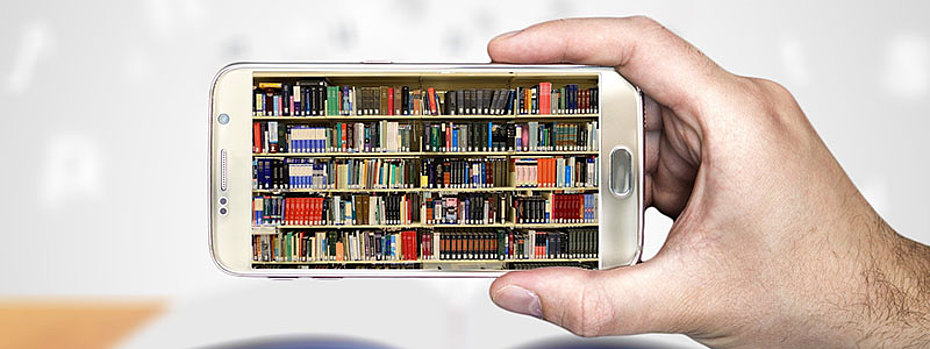UV cleaning
UV cleaning of surfaces using low-pressure mercury lamps is an advanced technique for treating surfaces to reduce harmful microorganisms, contaminants and pollutants. This method utilizes ultraviolet (UV) radiation, specifically radiation from low-pressure mercury lamps, to effectively pre-treat surfaces before coatings are applied.
The UV-C radiation generated by low-pressure mercury lamps is capable of damaging the DNA and RNA of microorganisms, leading to their inactivation. At the same time, UV cleaning helps to reduce pollutants and contaminants on surfaces. This is particularly important in environments where hygiene and cleanliness are crucial, such as medical facilities, food processing plants or clean rooms.
The pre-treatment of surfaces by UV cleaning also plays an important role in the preparation for coating processes. By reducing microorganisms, impurities and pollutants, the adhesion and durability of coatings is improved. UV cleaning enables thorough pre-treatment without the need for chemical disinfectants or aggressive cleaning agents.
The use of low-pressure mercury lamps in UV cleaning offers the advantage of uniform and efficient UV irradiation. This enables precise pre-treatment of surfaces in order to create optimum conditions for subsequent coating processes. Overall, UV cleaning using low-pressure mercury lamps helps to treat surfaces hygienically and at the same time create an optimum basis for coatings.
Back to listThis definition is taken from the surface technology encyclopedia from Surface Technology Online. You can find many more technical terms from the surface technology industry in our lexicon overview.
Would you like to add technical terms to the surface technology encyclopedia (also with a mention as author)? Please contact us by mail or phone to discuss further details.

